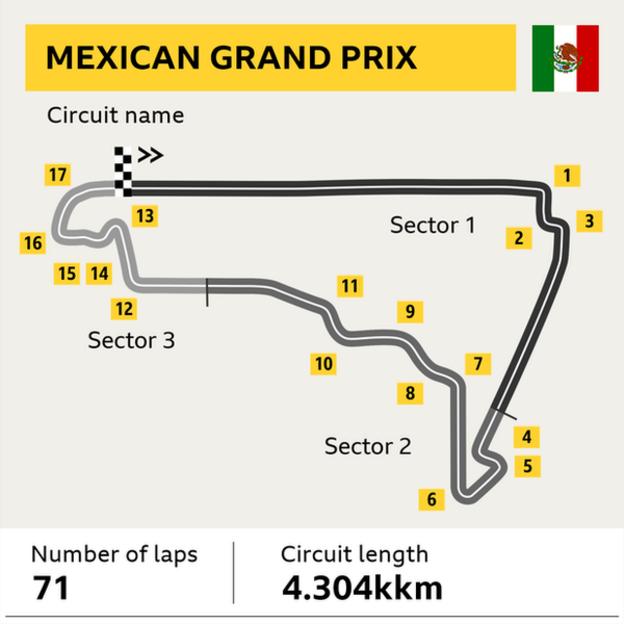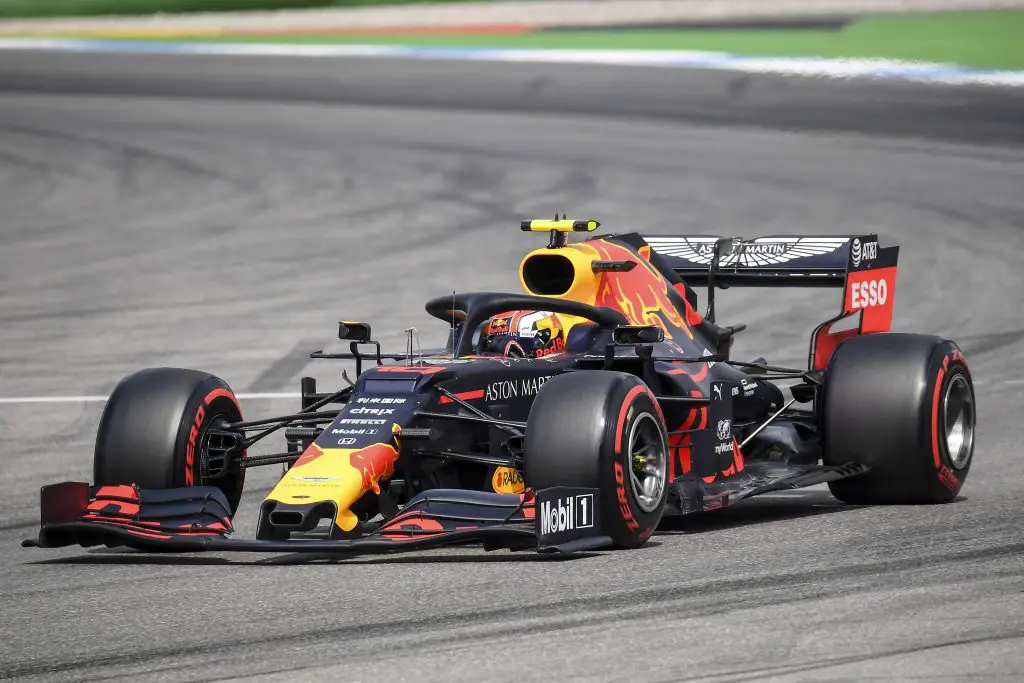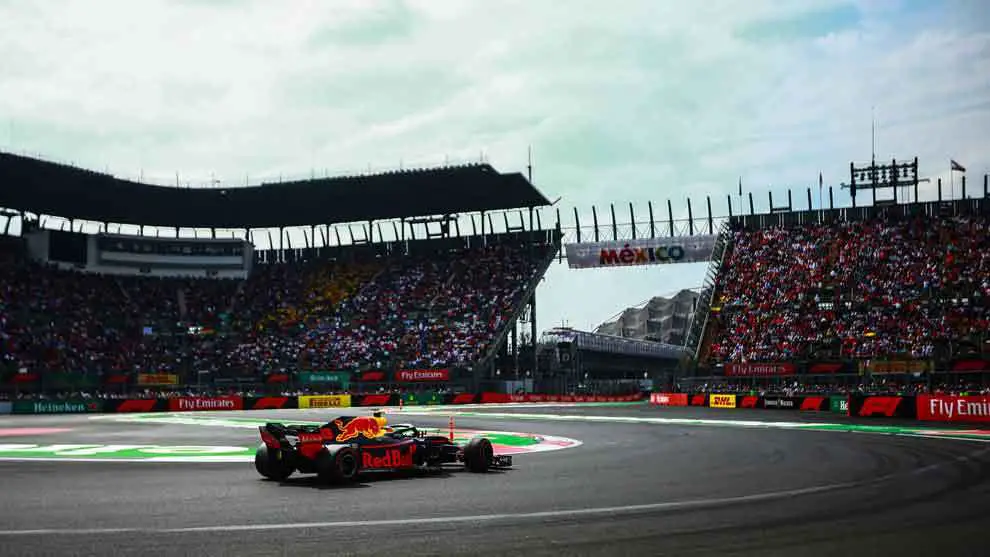The Mexican Grand Prix is scheduled to take place from 27th to 29th October at Autodromo Hermanos Rodrgiez – let us take a look at the DRS zones at this venue
In the realm of motorsport, the technology of Drag Reduction System (DRS), provides drivers with the ability to make changes to specific parts of their car’s bodywork.
These modifications are intended to reduce aerodynamic resistance, leading to an increase in the vehicle’s top speed and making overtaking maneuvers easier. Typically, DRS involves altering the position of the car’s rear wing, and the driver is responsible for triggering this adjustment. However, there are specific conditions associated with the use of DRS. For example, in Formula 1, DRS activation requires the pursuing car to be within one second of the leading car when they both pass a designated point.

DRS, a system allowing adjustments to a car’s aerodynamics, made its Formula One debut in 2011, defying the usual ban on movable aerodynamic components. This innovative technology also extended its reach to various other motorsport categories. It was introduced in Formula Renault 3.5 in 2012, the Deutsche Tourenwagen Masters in 2013, Super Formula in 2014, GP2 Series (later FIA Formula 2 Championship) in 2015, and GP3 Series (later FIA Formula 3 Championship) in 2017. A notable use of an adjustable wing was seen on the Nissan DeltaWing during the 2012 24 Hours of Le Mans, where its usage was not restricted.
In Formula One, the Drag Reduction System (DRS) functions by opening an adjustable flap on the rear wing of the car, aimed at reducing aerodynamic resistance. This adjustment provides an advantage to a trailing car, increasing the possibility of overtaking the car ahead.
Importantly, DRS can only come into play during a race after a minimum of two racing laps have been completed. It becomes active when the pursuing car enters a designated “activation” zone established by the FIA (Fédération Internationale de l’Automobile). Furthermore, there is a requirement to wait for two laps following a safety car restart before DRS can be utilized.
What’s a DRS detection point?
The introduction of DRS is geared towards improving the competitiveness of racing by creating more overtaking possibilities. This is accomplished by giving the trailing car the advantage of DRS, which enables it to gain speed on straight stretches of the track while pursuing another car. To make this happen, multiple DRS detection zones are strategically positioned throughout the circuit. These zones are spots where an electronic timing system measures the time gap between two cars. If the time difference is equal to or less than 1 second, the following car becomes eligible to activate DRS when it reaches the next specified activation zone.
What’s a DRS activation point?
In Formula One, each race circuit features a specific number of pre-determined DRS activation zones. These zones are typically positioned along the straight portions of the track, enabling drivers to utilize their DRS system to reduce aerodynamic drag, subsequently increasing their speed and assisting in overtaking maneuvers. The choice of straight sections for activation is intentional because DRS not only decreases drag but also reduces downforce. When engaged in corners, it can reduce rear downforce, which, especially at high speeds, can lead to a loss of control or even a spin. It’s important to highlight that DRS activation ends as soon as the driver applies the brakes.

Autodromo Hermanos Rodriguez – Mexican Grand Prix DRS Zones
In the Mexico Formula One circuit, there are three DRS zones. The first zone features a detection point situated 70 meters after Turn 9 and an activation point positioned 80 meters after Turn 11. The subsequent two zones share a common detection point, which is located at the exit of Turn 15. The second zone begins 165 meters after Turn 17, and the third activation point is positioned 115 meters after Turn 3.

Autodromo Hermanos Rodriguez is known for its track design that promotes quicker lap times. The circuit possesses several attributes that facilitate high speeds. It includes lengthy straight sections, notably the iconic “Foro Sol Straight,” where Formula 1 cars can attain their top velocities. This extended straight enables drivers to fully utilize the power of their engines, resulting in remarkable speeds.
The circuit features demanding high-speed corners, including the renowned “Peraltada Turn.” Negotiating these corners at high speeds requires precision and courage from the drivers, adding to the overall quest for faster lap times. Additionally, the circuit’s location in Mexico City, at an altitude of over 2,200 meters (7,200 feet) above sea level, contributes to quicker times. The reduced air density at this altitude results in lower aerodynamic drag, enabling the cars to attain higher speeds on the straight sections.
More Formula One News
- Lewis Hamilton doesn’t support IOC’s decision on Black Lives Matter gear during Olympics
- Max Verstappen left surprised as he reaches 100 race milestone with Red Bull
- Damon Hill left in awe after Lewis Hamilton racks up 100 poles in F1 ahead of 2021 Spanish GP
Follow our dedicated Formula One page for instant Formula One news and updates

